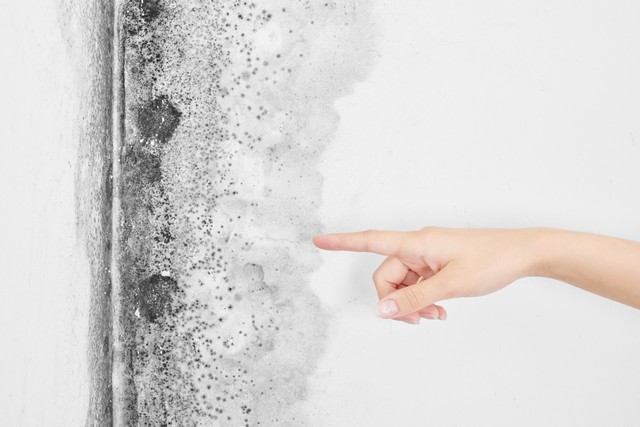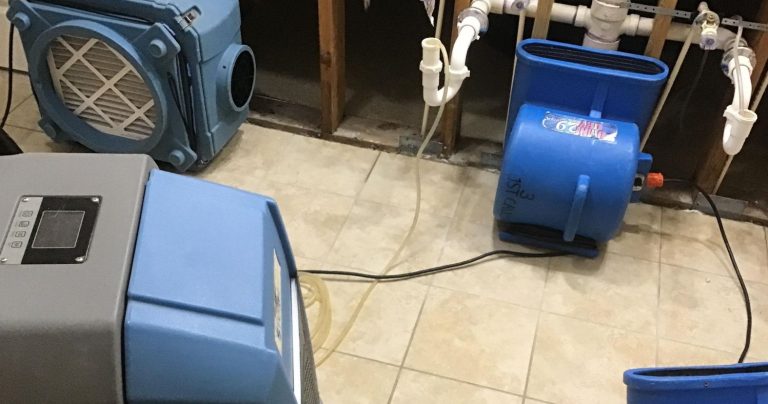Table of Contents
Toggle
9 Mold Exposure Symptoms
In this article we will be sharing 9 Mold Exposure Symptoms that you can experience if you have been exposed to mold in your home, work or office.
1. Respiratory Illnesses & Allergies
Have you been experiencing itchy eyes, skin irritation, sneezing, or congestion? This could be a sign of a mold allergy or indicate the presence of mold in your home.
When mold first starts to colonize your home, it may go unnoticed until you begin to see symptoms of allergy flare-ups in individuals in your family. Unfortunately, by the time respiratory symptoms begin to emerge, the chances that your home is already affected by mold are very high.
2. Infections
What starts as a flare-up of allergies, progresses into respiratory illness, and eventually into infections of the airways and lungs.
3. Reproductive Issues
One of the unexpected symptoms of mold exposure is increased infertility in both men and women. The immune function reduces as the body tries to fight off the infection, resulting in the disease spreading to other biological systems.
4. Digestive Problems
When the body has to deal with combating mold spores, immune function diminishes, allowing for the spread of infection into the digestive tract as well. As a result, the digestive system may have a tough time removing biological waste. This lack of digestive capacity leads to digestive problems which can cause bouts of vomiting, diarrhea, and in some cases, internal bleeding in the intestinal wall.
5. Chronic Fatigue Syndrome
Are you feeling more tired than usual? Chronic fatigue syndrome, (CFS,) occurs when mold infection begins to get out of control. As the spores spread, you start to breathe in more of the mycotoxins. These toxins affect neurotransmitter creation and function in the brain. As a result, you begin to experience a decline in cognitive function. Thinking slows down, decision-making becomes impaired, and you start to feel tired all of the time, even after a good night’s sleep.
6. Unusual Skin Sensations
Due to its status as an allergen, it may surprise you to learn that mold infection can affect the health of your skin as well. Mold spores settle on the surface of the skin and begin to colonize. As a result of the mold infecting your skin, you may begin to develop a rash that consists of tiny red bumps where the mycotoxins inflame the pores and skin cells in the surrounding area.
7. Life-Threatening Illnesses
A buildup of mycotoxins can lead to the development of life-threatening health issues. Diseases and illnesses caused by mycotoxins include pneumonia, lupus, fibromyalgia, lupus, cancer, tuberculosis, and sudden infant death syndrome.
8. Brain Fog
This condition describes disruption in the rational thinking processes in the brain due to infection with mycotoxins found in mold spores. Affected individuals may start to notice feelings of fatigue that affect their physical activity during the day.




